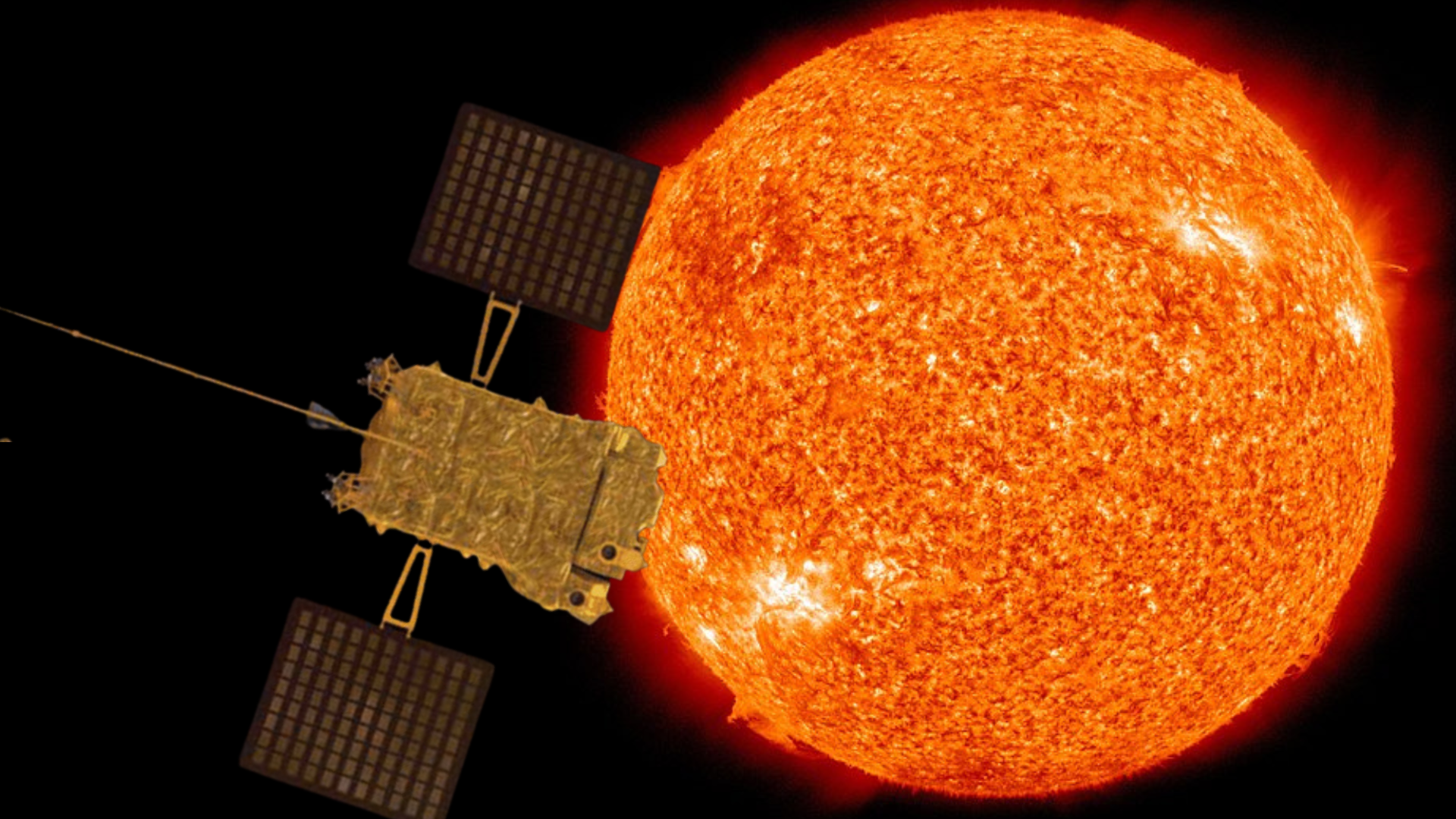India's Aditya-L1 sun probe spots 1st high-energy solar flare

India's newly launched Aditya-L1 sun-studying mission has already captured its first glimpse of a solar flare in high-energy X-rays.
On Tuesday (Nov. 7), the Indian Space Research Organisation (ISRO) announced that Aditya-L1's High Energy L1 Orbiting X-ray Spectrometer (HEL1OS) instrument had spotted the impulsive phase of a solar flare — the powerful burst of energy unleashed by the flare.
That flare occurred on Oct. 29, less than two months after Aditya-L1 — India's first-ever solar probe — lifted off atop a Polar Satellite Launch Vehicle from Satish Dhawan Space Centre.
Related: Space weather: What is it and how is it predicted?
Aditya-L1, as its name indicates, resides at the Sun-Earth Lagrange Point-1 (L1), which lies about 1 million miles (1.5 million kilometers) from Earth in the direction of the sun. This spot is gravitationally stable, allowing Aditya-L1 to stay in the same spot without using much fuel, and is a good place from which to observe the sun.
The probe carries seven scientific instruments, which will allow it to study everything from the interplanetary magnetic field to the sun's corona, or outer atmosphere.
One of those instruments is HEL1OS, an instrument that concentrates on the X-ray emissions from solar flares. In doing so, scientists hope to understand how a solar flare's high-energy emissions are linked to the electrons and other particles released during these events.
Breaking space news, the latest updates on rocket launches, skywatching events and more!
Scientists commissioned HEL1OS and brought it online on Oct. 27, beginning the instrument's testing phase. Two days later, between 8 a.m. and 6 p.m. EDT (1200 and 2200 GMT), HEL1OS recorded a burst of X-ray activity, the telltale indicator of a solar flare. Corroborating the HEL1OS observation, The U.S. National Oceanic and Atmospheric Administration's Geostationary Operational Environmental Satellite-18 (GOES-18) also observed a surge in X-rays at the same time.
Despite the observation, HEL1OS is not yet fully operational. Scientists are continuing to fine-tune and calibrate the instrument.

Rahul Rao is a graduate of New York University's SHERP and a freelance science writer, regularly covering physics, space, and infrastructure. His work has appeared in Gizmodo, Popular Science, Inverse, IEEE Spectrum, and Continuum. He enjoys riding trains for fun, and he has seen every surviving episode of Doctor Who. He holds a masters degree in science writing from New York University's Science, Health and Environmental Reporting Program (SHERP) and earned a bachelors degree from Vanderbilt University, where he studied English and physics.
